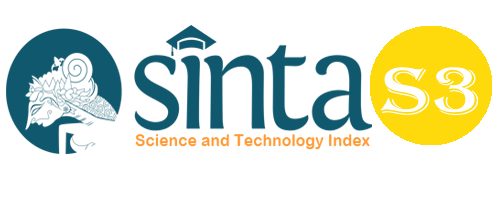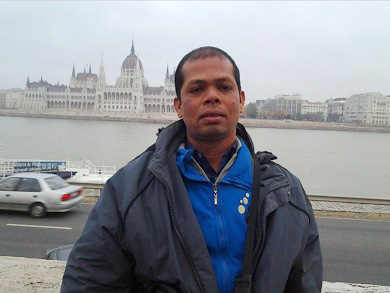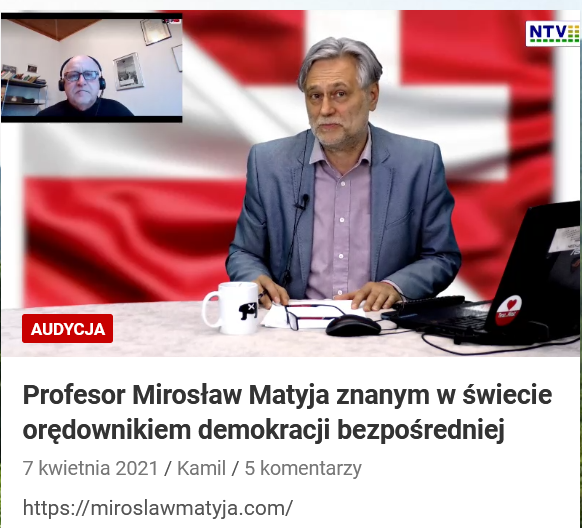The Contribution of Geography Learning Methods to Preparedness Students to Face the Eruption of Mount Sinabung, Karo Regency
Abstract
The eruption of Mount Sinabung is a natural disaster that can occur suddenly which results in damage to property and victims as well as this causes students to feel uneasy being in an area prone to the eruption of Mount Sinabung, therefore it is necessary to be prepared to deal with potential natural disasters. So that with a disaster, students do not always feel afraid. By learning geography, especially mitigation material, it is hoped that it will be able to foster student preparedness so that they are able to act appropriately in dealing with the Mount Sinabung eruption disaster. The purpose of this study was to analyze the contribution of the geography learning method to the preparedness of students. This study uses a survey method. The sample consisted of 154 students from three schools, namely SMA Negeri 1 Tigan Derket, SMA Negeri 1 Munte and SMA Muhamadiyah Kabanjahe which were located in areas prone to the eruption of Mount Sinabung and areas still affected by the eruption of Mount Sinabung. The measuring instrument used is a statement questionnaire, the data analysis technique uses descriptive inferential statistical tests with simple linear regression and correlation tests. The results showed that the contribution of the geography learning method to the preparedness of students to face the eruption of Mount Sinabung, Karo Regency was included in the low criteria. P The measuring instrument used is a statement questionnaire, the data analysis technique uses descriptive inferential statistical tests with simple linear regression and correlation tests. The results showed that the contribution of the geography learning method to the preparedness of students to face the eruption of Mount Sinabung, Karo Regency was included in the low criteria. PThis research can provide an opportunity for teachers to consider the use of appropriate geography learning methods to grow students who have preparedness.
Keywords
Full Text:
PDFReferences
Andayani. (2015). Problems and Axioms: in Indonesian Language Learning Methodology. Yogyakarta: Depublish.
Bahtiar, T. (2013). Disaster lurks from behind the beauty of the Sundanese Tatar. Bandung: Geological Agency.
Brown, AJ, et al. (2014). International Handbook on Wistleblowing Research. UK : Edward Elgar Publishing Limited.
Disaster Preparedness School”. (2011). Jakarta: Indonesian Disaster Education Constituent.
Fathurrohman, Pupuh & M. Sobry Sutikno. (2010). Teaching and Learning Strategies Through Planting General Concepts & Islamic Concepts. Refika Aditama. Bandung.
Herdiana, et al. (2020). Online Learning Analysis Making Collage Art Using Project Based Learning Models During the Covid 19 Pandemic. Scientific Journal. P2M STKIP Siliwangi. Vol. 7, N0. 2.
Maryani, E. (2010). Introduction to tourism geography. IKIP Bandung.
Nana Sudjana. (2010). The Basics of the Learning Process, Sinar Baru Bandung.
Nurhalimah, I Gd Astra Wesnawa, Ida Bagus Made Astawa. Disaster Preparedness for the eruption of Mount Baru Jari in the community in Sembalun District, East Lombok Regency. Ganesha University of Education e-Journal. 2017. Vol 1 of 2017.
Pradana, D. et al. (2020). Nasionalism: Character Education Orientation in Learning Development. Budapest International Research and Critics Institute-Journal (BIRCI-Journal).P. 4026-4034
Siti. M. (2013). The Role of Learning Methods on Interests and Learning Achievements in Islamic Religious Education. Journal of Education. Vol. 1 No. 1.
Sugiyono. (2003). Research Methods. Bandung: Alphabeta.
Wina, S. (2010). Educational Process Standard Oriented Learning Strategy. Jakarta. Prenada Media Group.
DOI: https://doi.org/10.33258/birci.v5i1.3808
Article Metrics
Abstract view : 57 timesPDF - 33 times
Refbacks
- There are currently no refbacks.

This work is licensed under a Creative Commons Attribution-ShareAlike 4.0 International License.

This work is licensed under a Creative Commons Attribution-ShareAlike 4.0 International License.

_.gif)

















_.gif)



